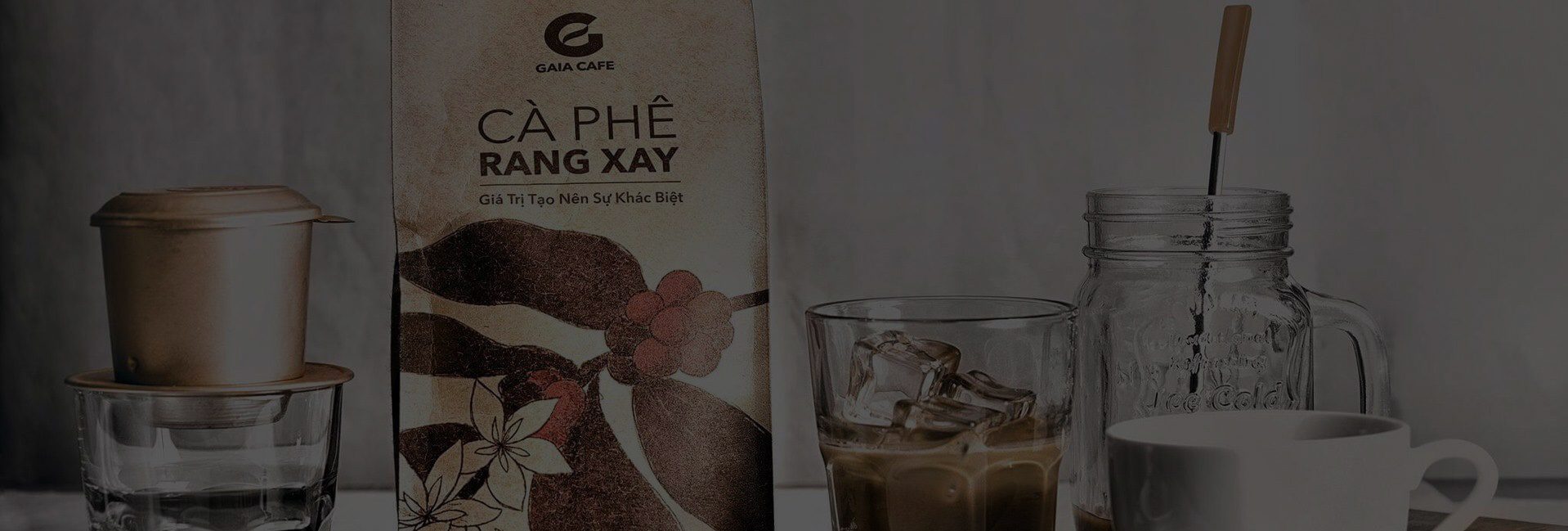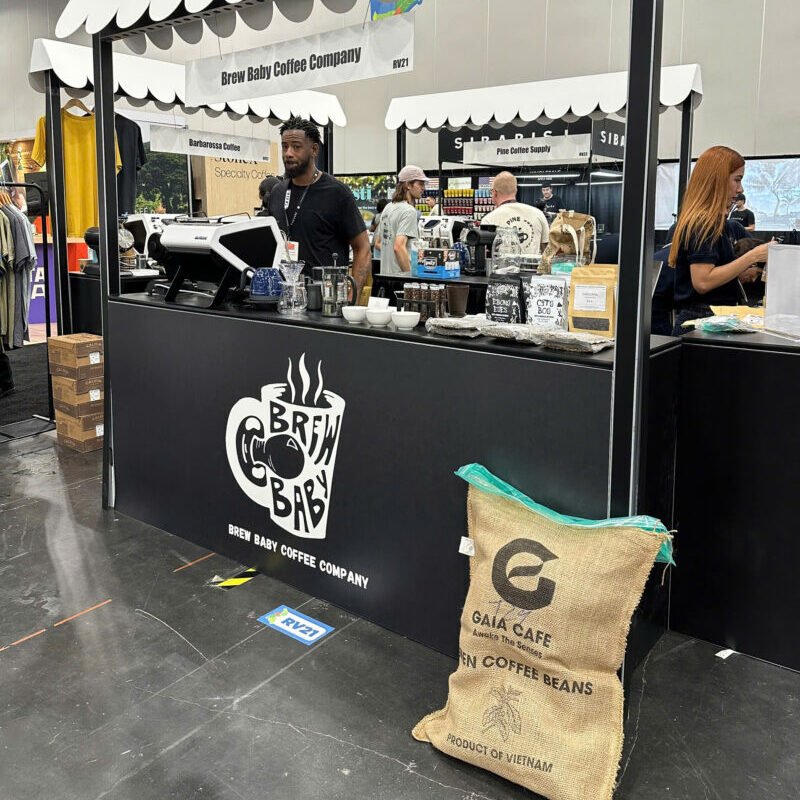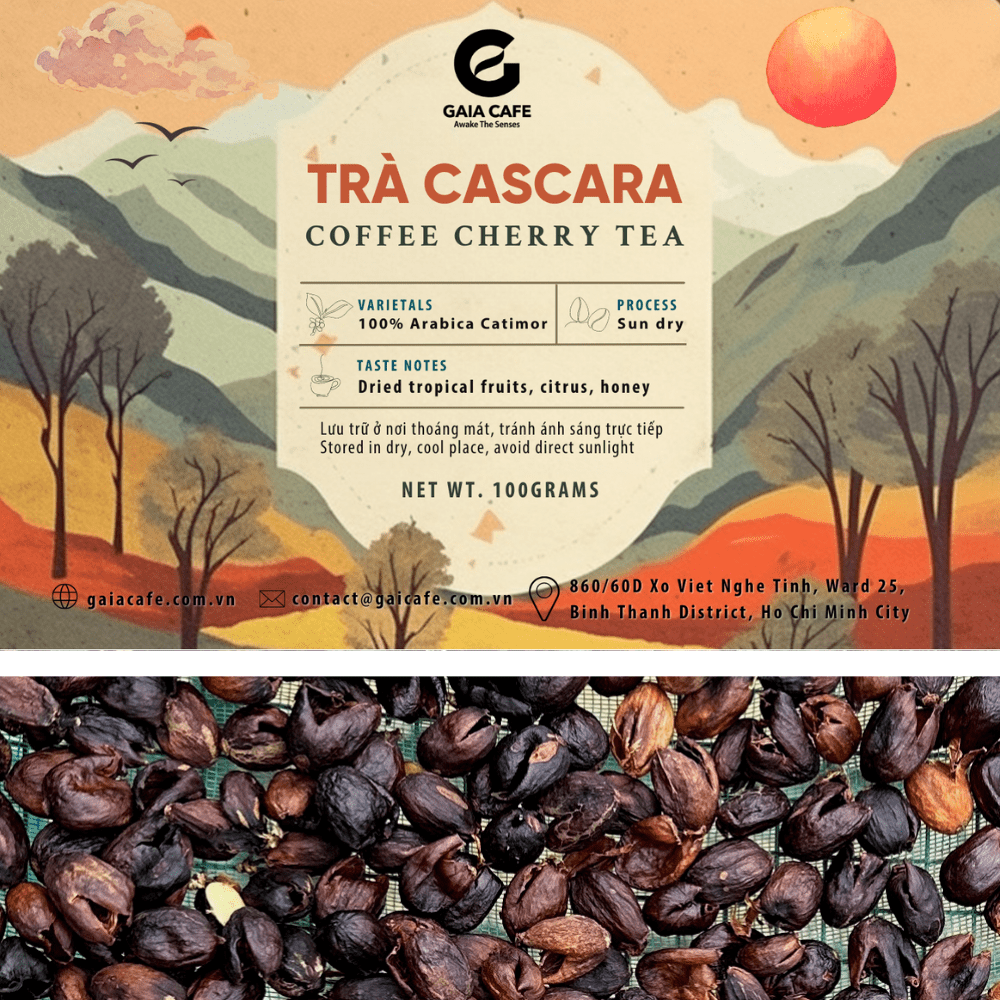
Vietnamese Fine Robusta – A Specialty Rising Star [P.1]
“Vietnamese Robusta? Are you effing serious?”, said a client of mine, incredulously. He winced when I suggested Vietnamese Fine Robusta as a new addition to his product range of specialty coffee portfolio. I recognized that reaction of contempt and recognized it well, as I have seen it many times before on the face of people from the industry by the slightest mention of coffee coming out of Vietnam. I get it; Robusta is not something that most coffee drinkers associate with quality coffee, let alone Robusta from Vietnam. This is partly because Vietnam for the longest time had had a bad rap for flooding the global market with inferior, low-grade, horrendously-tasting Robusta coffee – the kind that mostly ended up in your instant coffee or your caffeinated energy drinks.
However, in recent years, a quiet revolution has been brewing in Vietnam – the rise of Fine Robusta. This once-overlooked coffee bean is now gaining recognition for its unique characteristics, outstanding cup profile, and potential to transform the specialty coffee industry. Fine Robusta was first officially debuted at Specialty Coffee Expo in Boston in April 2022, when Simexco held the first ever “Vietnamese Fine Robusta Coffee Tasting” with over 25 different Fine Robustas across Vietnam. And since I am a Vietnamese born-and-bred, I am determined to change the world’s perception on Vietnamese Robusta coffee beans, one kilogram at a time.
So in this blog series, I will delve into the world of Vietnamese Fine Robusta and explore its unique characteristics, cultivation methods, processing techniques, and the reasons why it deserves recognition as a truly exceptional coffee.
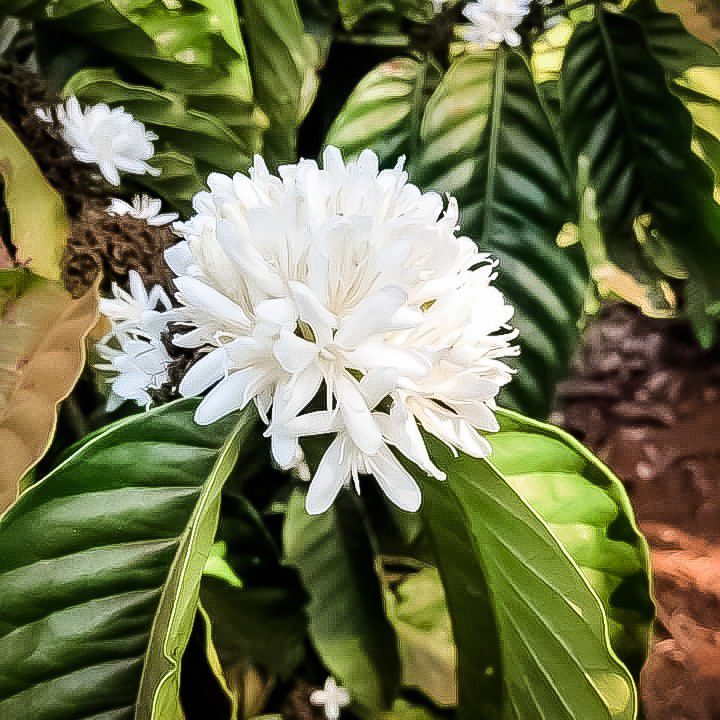
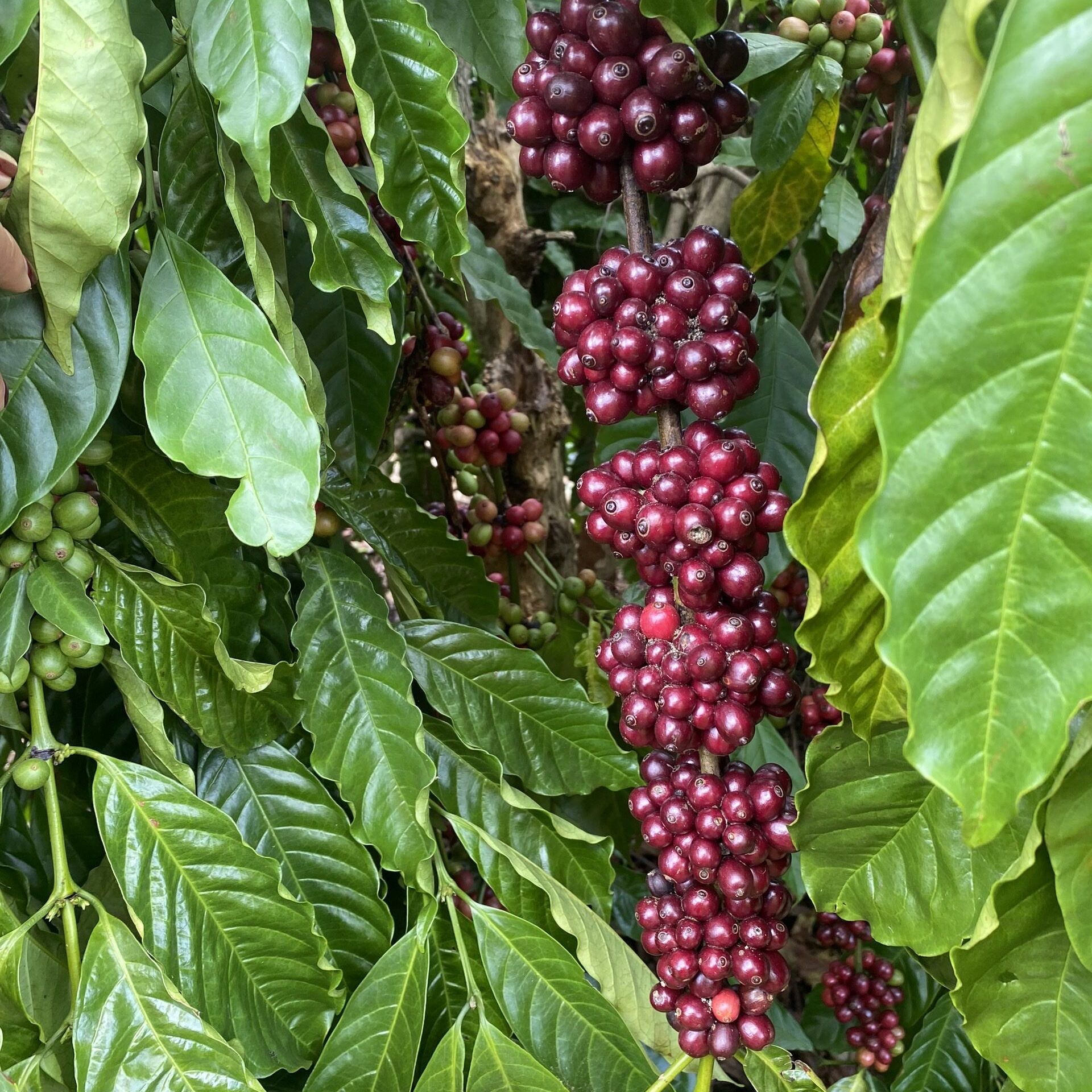
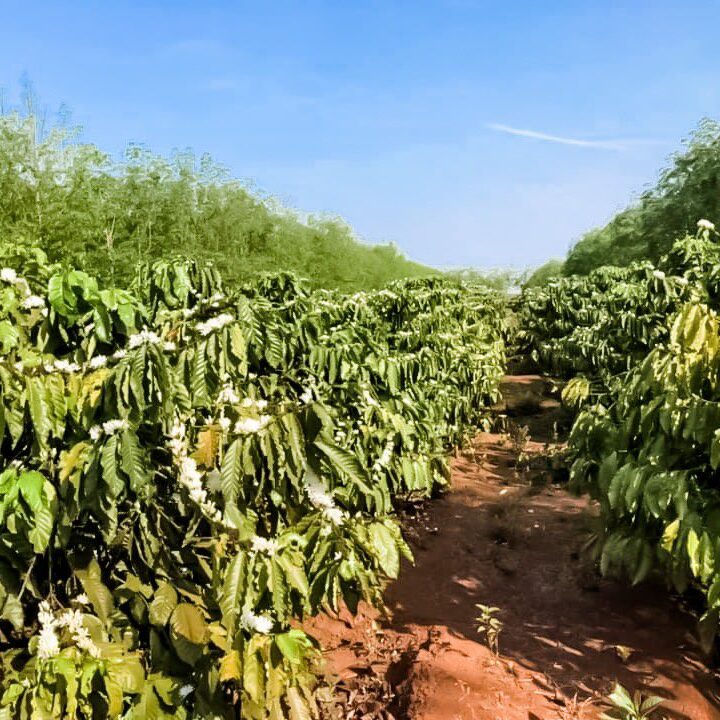
Part 1. Looking Back
1. The Rich History of Robusta in Vietnam
Robusta coffee, known scientifically as Coffea canephora, finds its roots in Africa, where it was discovered in the late 19th century. Its hardy nature and resistance to diseases quickly made it a popular choice for coffee cultivation worldwide. Vietnam, with its favorable tropical climate and fertile soils, became an ideal destination for Robusta cultivation. Vietnam’s coffee journey began in the late 19th century, but it wasn’t until the 20th century that coffee production soared, positioning the country as a major coffee exporter globally. According to ICO, Vietnam today is the world’s largest producer of Robusta coffee and the second largest producer of both Arabica and Robusta combined.
2. Why The Industry Has Deemed Robusta Inferior?
(If you don’t like history, skip straight to the end of this section for a summary)
When it comes to coffee, the spotlight often falls on the prestigious Arabica beans, leaving Robusta in the shadows. Robusta coffee beans have always been viewed by the coffee connoisseurs (well, and even the common coffee drinkers too) as an inferior coffee variety. Flat, dull, bitter, devoid of flavors, rubbery, astringent, acrid… I can build a thesaurus of adjectives with negative connotations if I begin to collect words people used to describe traditional Vietnamese Robusta coffee. And I don’t blame them though. Really. And to understand why, we need to take a short step back into history and look at the geopolitical landscape of Vietnam. Don’t quote me on this because I can’t afford being a political refugee, but here goes:
Since the country’s political reforms towards the end of the 20th century, Vietnam had been pumping out a massive amount of commodity-grade Robusta into the global coffee market with one single goal – to improve agricultural export and GDP. The Robusta species, thanks to its higher yield, sturdiness and disease-resistance, thrived more easily in warmer and lower altitude regions across the country. It was, amongst many others, one of the great agricultural products that could bring the once-divided country together and incorporate the massive influx of migrating people from the North to the South into their new communities. It was more or less a geopolitical tool.
At the time, the question weighed heavily on how much you could mass produce as opposed to how good you could make it. And so every single household in Central Highlands would produce green coffee beans within the confine of their modest land – they would grow coffee trees in their backyard, would harvest them as quickly as possible, and would dump all the cherries on the ground to sundry. The cherries, ripe and unripe, mingled with sticks and stones and leaves and bugs, laying bare on earthen ground underneath the scorching tropical sun, trying to not pay attention to the nearby wandering chickens or sunbathing dog. Imagine all of these “exciting” flavors of the surrounding environment made their ways into the beans and dominated the intrinsic flavors of the coffee.

So if we started with a Robusta bean that was a 5/10, with this way of processing coffee we successfully created a 2/10 coffee. Meaning, instead of highlighting and bringing out the characteristics inherent in the beans, we unknowingly destroyed the true value of a Vietnam Robusta. Unfortunately, this method has become so common and ingrained in the coffee growing communities for so long that it has turned into a tradition. You can still see coffee cherries drying in the middle of the asphalt street today in Vietnam during the coffee season. It has been done that “traditional” way for a really long time that nobody questioned the validity of this method. “The less there is to justify a traditional custom, the harder it is to get rid of it.” Mark Twain couldn’t have said it better.
There are a lot more to the history but for the sake of time and before I digress, I will summarize some key factors why Robusta has not been considered a quality coffee: 1. Robusta coffee is a lot more bitter than Arabica, 2. due to socioeconomic and political reasons Robusta production was focused more on quantity and not quality, 3. poor processing practices and mistreatments of Robusta across the supply chain.
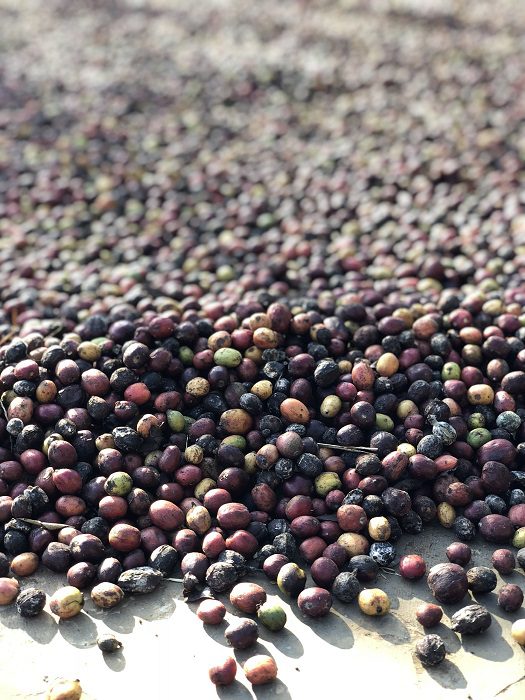
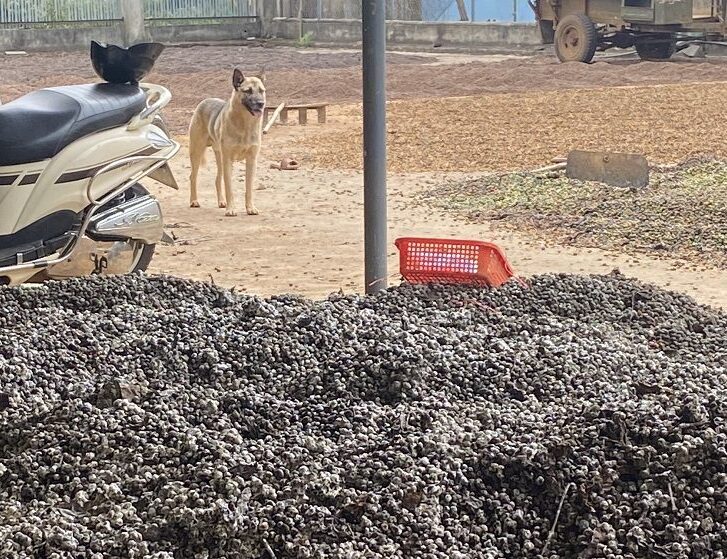
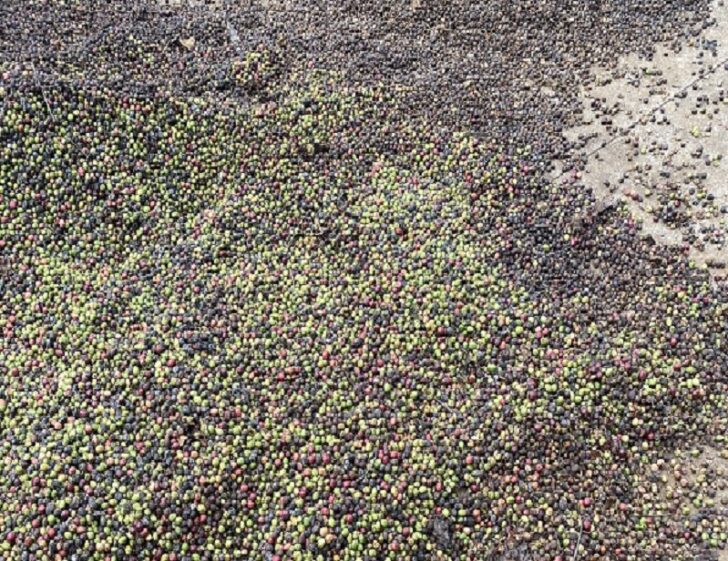
References:
- “Du Darlac au Dak Lak, brève histoire critique à partir de la réussite du café au Viet Nam” & “L’état, les paysanneries et les cultures commerciales pérennes dans les plateaux centraux du Centre Viêt-Nam” (Fortunel, 2010)
- Đồn Điền Của Người Pháp ở Bắc Kỳ Từ 1884 Đến 1918 (Tạ Thị Thúy, 2020) – (Plantations of the French in North Vietnam from 1884 to 1918, from Mémoire de l’Indochine collection, Ta, 2020)
- The World Atlas of Coffee: From Beans to Brewing (Hoffmann, 2014)
- Coffee Obsession (Moldvaer, 2014)
- Vietnamese Fine Robusta Coffee Tasting at SCA Expo 2022 (https://www.thebostoncalendar.com/events/vietnamese-fine-robusta-coffee-tasting-at-sca-expo-2022)
To be continued. Part 2. Looking Forward.


